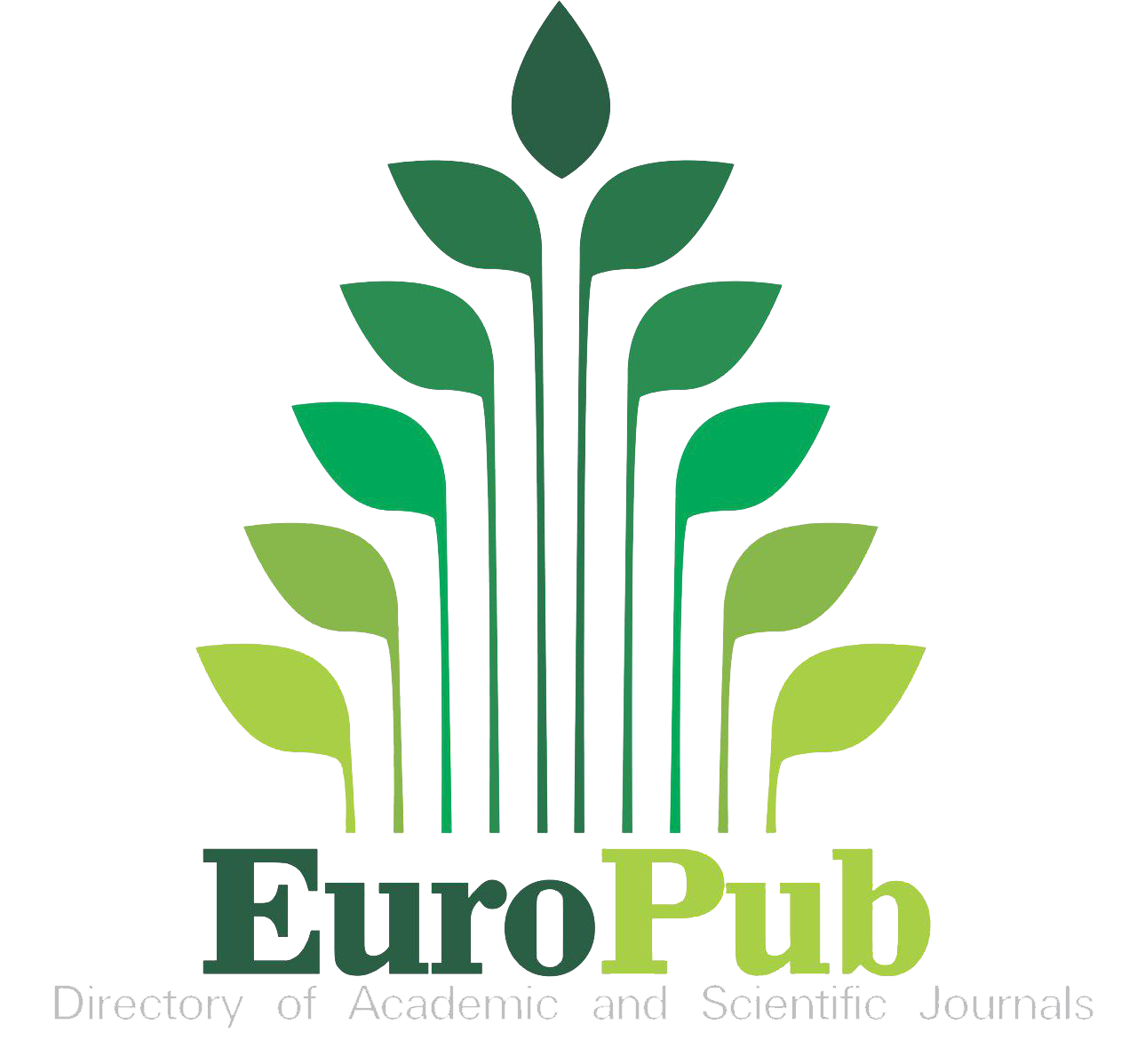Parental discourse strategies in Indonesian multilingual families
DOI:
https://doi.org/10.56724/ladu.v2i3.117Keywords:
parental discourse, multilingual, communication, IndonesiaAbstract
Background: In Indonesia, the amount of family speaking more than one language recently increase in intensity. They not only speak their official language and mother tongue for daily communication, but do they also be fluent in another foreign language for example English.
Purpose: The present study closely examines spontaneous interactions between parents and children and explore the family members’ efforts to shape children’s foreign language use and learning outcomes. The focus is on the parental discourse strategies which presents a sequential analysis of the child’s language mixing in interaction which each parent and how the parent reacts to that mixing.
Design and methods: To obtain the data, open-ended questionnaires were sent out to five families in which the children actively use English in their daily conversation. Using Lanza’s (1997) parental discourse strategies.
Results: the result reveals that parents mostly follow code-switching in negotiating and enforcing their children to maintain their communication in English.
Downloads
References
Chung, Haesook Han. (2006). Code Switching as a Communicative Strategy: A Case Study of Korean–English Bilinguals. Bilingual Research Journal, 30: 2. DOI: https://doi.org/10.1080/15235882.2006.10162878
Corsaro, William. (1997). The Sociology of Childhood. Thousand Oaks: Sage/Pine Forge Press.
De Houwer, Annick. (1999). Environmental factors in early bilingual development: The role of parental beliefs and attitudes. In: Guus Extra and Ludo Verhoeven (eds.), Bilingualism and Migration, 75–95. Berlin: Mouton de Gruyter. DOI: https://doi.org/10.1515/9783110807820.75
De Houwer, A. (2009). Bilingual First Language Acquisition. Tonawanda, NY: Multilingual Matters. DOI: https://doi.org/10.21832/9781847691507
Döpke, S. (1992). One Parent One Language: An Interactional approach. John Benjamins, Philadelphia, PA. DOI: https://doi.org/10.1075/sibil.3
Goh, Christine C.M and Silver, Rita Elaine. 2004. Language Acquisition and Development. A Teacher’s Guide. Singapore: Prentice Hall.
King, K., Fogle, L., & Logan-Terry, A. (2008). Family language policy. Language and Linguistics Compass, 2(5), 907–922. DOI: https://doi.org/10.1111/j.1749-818X.2008.00076.x
Lanza, E. (1997). Language mixing in infant bilingualism: A sociolinguistic perspective. Oxford, NY: Oxford University Press. DOI: https://doi.org/10.1093/oso/9780198235750.001.0001
Nicoladis, E. & Genesee, F. (1997). Language development in preschool bilingual children. Journal of Speech-Language Pathology and Audiology, 21, 258-270.
Ochs, E. & Schieffelin, B.B. (2011). The theory of language socialization. In A. Duranti, E. Ochs, & B.B. Schieffelin (Eds.) The handbook of language socialization (pp. 1–21). Malden, MA: Wiley-Blackwell. DOI: https://doi.org/10.1002/9781444342901.ch1
Romaine, S. (1995). Bilingualism (2nd ed.). Oxford, UK: Blackwell.
Spolsky, B. (2004). Language Policy. Cambridge: Cambridge University Press.
van der Worp, K., Cenoz, J. & Gorter, D. (2017) From bilingualism to multilingualism in the workplace: the case of the Basque Autonomous Community. Lang Policy 16, 407–432. https://doi.org/10.1007/s10993-016-9412-4 DOI: https://doi.org/10.1007/s10993-016-9412-4
Downloads
Published
How to Cite
Issue
Section
License
Copyright (c) 2022 Nia Pujiawati, Yasir Riady

This work is licensed under a Creative Commons Attribution 4.0 International License.
Authors who publish with this journal agree to Copyright notice.














